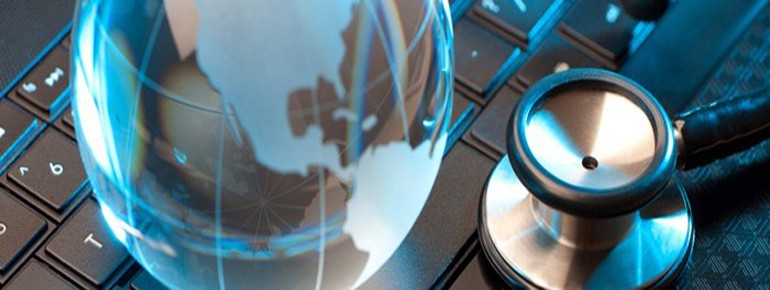HIT/EMR – Background
As trends and technology continually evolve, the healthcare industry must also evolve in its methods of creating, storing and sharing information. The current healthcare system is stuck in an outdated, tedious realm of information sharing. Fear of new technology, lack of standardization, insufficient incentives, uncertain legalities and questionable cost drivers hinder progress.
Regardless, a standardized HIT system is an inevitable necessity 1) to advance health care quality, 2) to better assist patients with acute and chronic conditions, 3) to diminish disparities in treatment, and 4) to reduce medical errors. (HIT in the United States: The Information Base for Progress, 1:2) The problem has gained attention at the highest levels of government, resulting in increased funding for IT development in the recent American Recovery and Reinvestment Act. The Act “includes more than $20 billion to aid in the development of a robust IT infrastructure for healthcare and to assist providers and other entities in adopting and using health IT.” (National Health IT Week, Press Release, 2009)
Why such intense focus? A recent RAND study determined that “properly implemented and widely adopted, Health Information Technology (HIT) would save money and significantly improve healthcare quality.” (“Health Information Technology: Can HIT Lower Costs and Improve Quality?” 1)

IT in Healthcare – Electronic Medical Records (EMR) and Beyond
This is a graduate level analysis written for a Masters of Business Administration (MBA) course at a top-tier US private graduate school. This paper, IT in Healthcare – Electronic Medical Records (EMR) and Beyond, represents my personal analysis combined with course knowledge and in-depth research. The report received top marks. This report could be used as a guide for research, a sample analysis for reference, or for direct reference with proper citation.
Word Count: 2050-2100
Sources Used: 14
